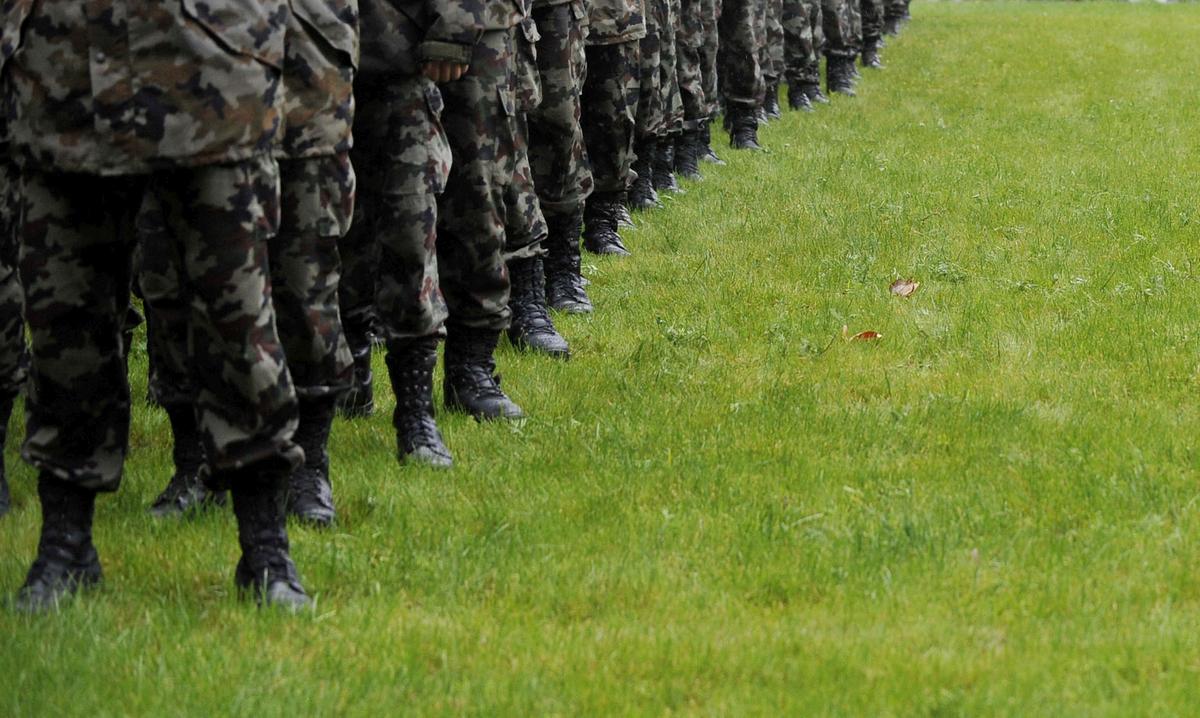
For generations, villages across Slovenia participated in an annual rite of passage – “štelnga,” a rite of passage for young men of conscription age as they headed out to join the army.
Inaugurated by the 18th century Hapsburg Empress Maria Theresa, the event was an opportunity for an entire village to gather and bid farewell to a generation of young men who would spend the next few years in uniform.
The locals decorated horse-drawn carts with flowers, paper carnations, spruce tree branches, as well as a banner stating the young men’s year of birth and the name of their village. The carts, accompanied by accordion music, then took the men to the local conscription office. There the young conscripts underwent a physical examination and were officially assigned to different branches of the armed forces.
“Štelnga” was both a source of pride for the village and a rite of passage for the men. For most, it was their first time away from home and the beginning of a new stage in their lives – often several hundreds of kilometers away, outside the Slovenian lands, and sometimes on the front lines. Over the years, the length of military service was gradually reduced and especially after World War II, tractors began to replace horse-drawn carts, but the original spirit remained.
The tradition lived on even after Slovenia’s independence. In the years that followed, however, fewer and fewer villages still took part in the festivities. When compulsory military service was abolished in 2003, “štelnga” became just a memory in many part of Slovenia. But even though relatively few young men decide to pursue military careers these days, some villages have opted to keep the tradition alive – as a way of remembering a rite of passage that marked many generations of Slovenian families.

































































